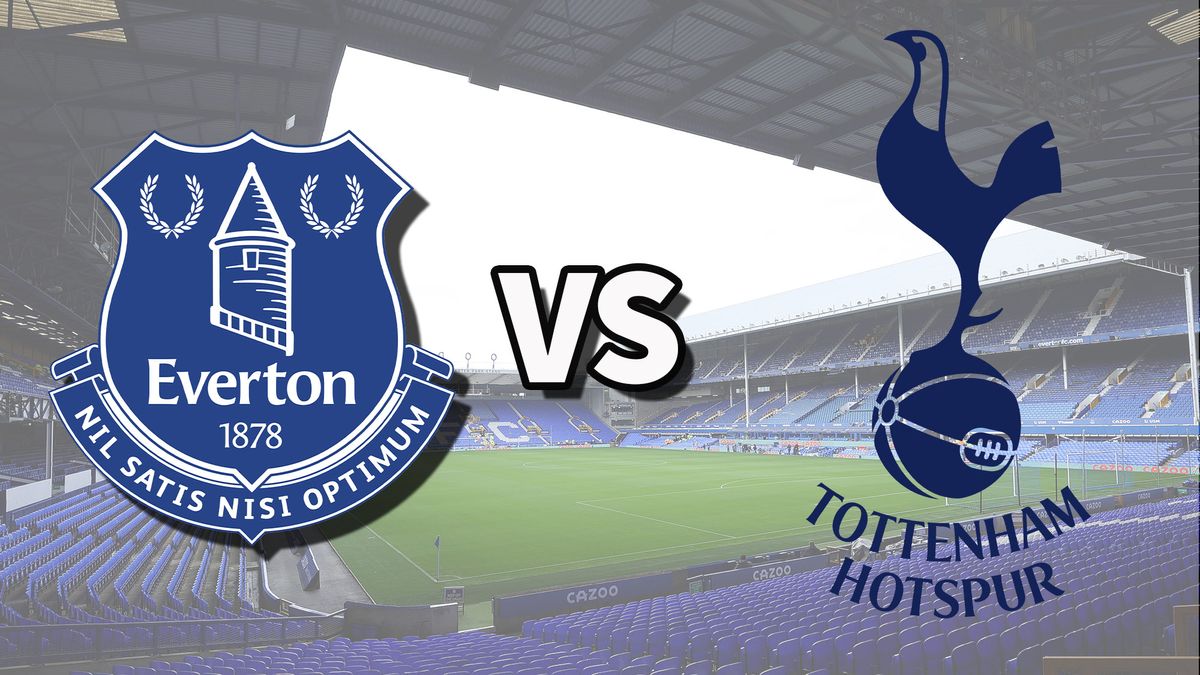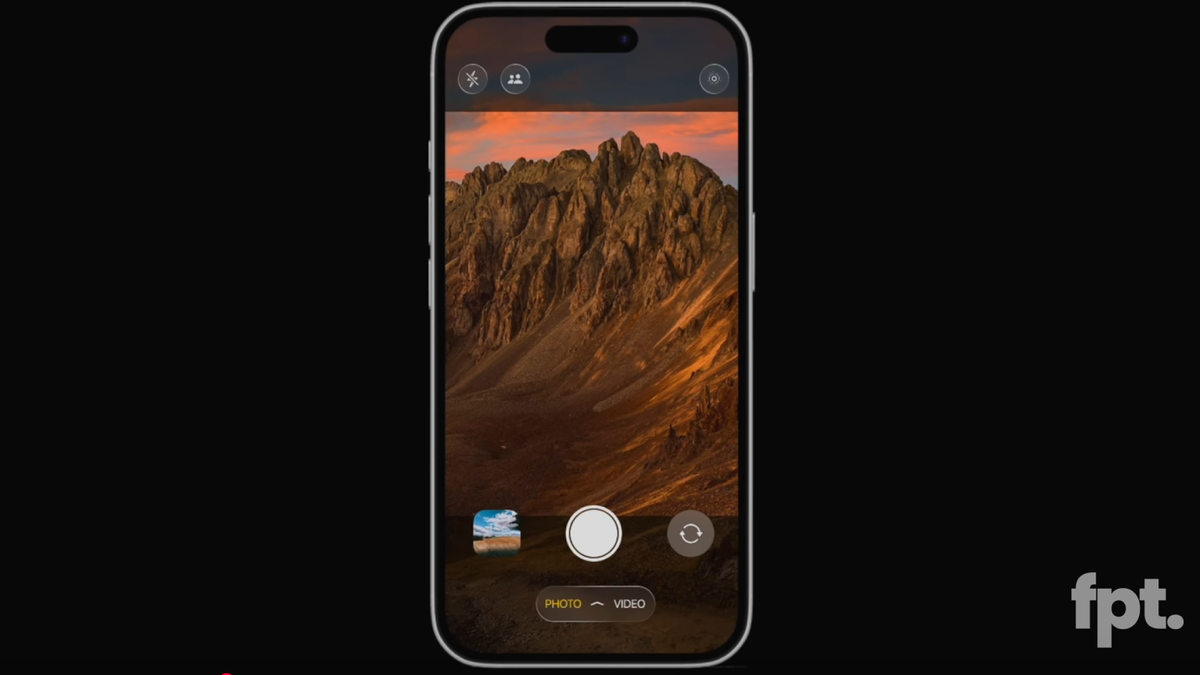YouTube can be an effective source of B2C or B2C customers, but most companies look at it through the wrong lens: a performance channel.
The desire for companies to immediately squeeze customers out of YouTube content is holding them back.
After helping dozens of companies expand from SEO to YouTube, I’ve discovered that YouTube is the ideal expansion channel after SEO has matured. But to do it successfully, companies face three critical challenges: attribution, metrics, and conversion.
Overcoming those three challenges means you could unlock a new customer acquisition channel. Failing means a competitor could get an advantage by moving to YouTube first, and you might miss out on a way to repurpose your SEO content.
Together, YouTube and SEO make a perfect pairing, but only after you hit liftoff velocity in SEO. First, you want to cover your SEO bases: Rank for critical brand and non-branded keywords and drive steady growth in organic traffic and customers.
Expanding to YouTube too early means:
- You’re spreading yourself too thin.
- Viewers might search but not find you on Google.
- You might not have enough data about which topics drive business impact.
Once you have traction or maturity in SEO, there are five strong reasons to invest in YouTube:
- YouTube is the second largest search engine and No. 1 podcast platform, and it gets watched by 75 billion people every month.1
- YouTube is a critical source of citations in Google AI Overviews and answers in LLM chatbots.
- YouTube shows up prominently in the search results as part of Google’s video carousel SERP feature.
- YouTube can also send important traffic diversification signals to Google. For example, affiliate site GarageGymReviews is winning against its much bigger competitor, Barbend, by employing a multi-channel strategy.
- B2B buyers are watching YouTube, not just B2C customers (keep in mind 50% of B2B researchers are millennials):
Seventy percent of B2B buyers and researchers are watching videos throughout their path to purchase. That’s a 52% jump in only two years. And it’s not just light viewing.
According to U.S. YouTube data, over 895K hours of some of the top B2B videos from brands were watched in 2014. Nearly half of these researchers are viewing 30 minutes or more of B2B-related videos during their research process, and almost one in five watch over an hour of content. What’s got their attention?
Videos about product features top the list, followed by how-tos and professional reviews.2
Bottom line: Chances are high that your audience is on YouTube, and being visible positively impacts your sales funnel. The part that’s often forgotten is how YouTube content can also grow your presence in LLMs and solidify your position on Google.
So, how do you solve the attribution, metrics, and conversion problem?
The solution is to approach YouTube with a brand-building instead of a performance mindset:
- Understand the inherent attribution problem
- Focus on the right growth metrics
- Test different conversion tactics (examples included)
The Attribution Problem
 Image Credit: Kevin Indig
Image Credit: Kevin Indig
Most companies want to measure the direct impact of YouTube, similarly as they do for SEO or advertising, to determine the impact of an action. It makes sense because you want to prioritize your resources effectively.
However, YouTube wants to keep users on the platform, which means referral traffic from YouTube is extremely low.
I looked into two websites, one in B2C and one in B2B, and found that YouTube referral traffic makes up only 0.2% of total traffic for both of them, even though they get vastly different amounts of total traffic.
The fact that two very different sites get the same relative amount of YouTube referral traffic says something.
The typical user journey is that customers watch a bunch of videos and then often come to the site directly after a while. Our telemetry cannot pick that up. In short, YouTube attribution isn’t linear. It’s messy.
 Image Credit: Kevin Indig
Image Credit: Kevin Indig
The solution is a mix of post-purchase surveys and UTM parameters. Post-purchase surveys (PPS) ask customers after their purchase how they found the company. You can find tons of software on the web that can do this for you.
UTM parameters allow you to trace clicks back to specific videos, but they demand a structured approach: keep a record of all the UTM parameters you use to tag CTAs for each video.
Don’t forget, though, that CTA clicks on YouTube videos are much lower compared to other channels, as YouTube wants to keep users on the platform.
The Right Growth Metrics
 Image Credit: Kevin Indig
Image Credit: Kevin Indig
Because YouTube is not a performance channel, it’s very hard to get internal buy-in without the right metrics.
As a leader, you want to make sure performance is measured the right way so you can judge whether your team is on track to make an impact or not.
But what are the right metrics if you cannot measure linear attribution?
The answer is a set of cascading metrics that ladder up to customers. You might know this example from SEO, where you have leading indicators like impressions, ranks, and clicks and lagging indicators like conversions or revenue. The same is true for YouTube.
I call it the inverted pyramid of YouTube metrics. The leading indicators I recommend are views, subscriptions, average view duration, and CTA clicks.
Lagging indicators can be new customers or revenue from YouTube – again – measured through self-attribution.
The ladder works because leaders can trace the impact more easily over time. When views grow, so should subscriptions and average watch time, but with a time delay.
The Right Conversion Tactics
 IMage Credit: Kevin Indig
IMage Credit: Kevin Indig
There aren’t many known benchmarks for what you can expect from YouTube as a channel. One reference I found is that Ahrefs and Surfer convert about 12% of leads and 10% of sales from YouTube, measured by post-purchase attribution.3
YouTube is not a direct or linear conversion channel, but you can still maximize your chances of driving linear conversions.
The problem is that too many companies are very uncreative when it comes to converting viewers to customers on YouTube.
Here are some ideas:
- Try to get viewers to watch your other videos instead of getting them to click on your site for videos that don’t reflect a strong purchase intent.
- There are auditory and textual CTAs. The auditory ones are spoken or shown in the videos, as opposed to an overlay or text in the video description. Experiment with both.
- Incentive users to click a CTA with a lead magnet, like a pdf template or a calculator they can download or use on your site.
The Big Picture: The Big Swing Era
 Image Credit: Lyna ™
Image Credit: Lyna ™
The challenge with expanding from SEO to YouTube fits into a bigger picture: linear cross-channel attribution is eroding, so marketers need to take bigger swings based on judgment, logic, and qualitative signals.
I’m seeing the same trend across many organic channels: Reddit, podcasting, social media, and also YouTube. We all know there’s a lot of attention paid to them, but the impact is hard to measure unless you advertise.
Why is that?
- Privacy regulations like GDPR or CCPA and ad blockers limit tracking.
- Platforms like Google, YouTube, or Meta share less data with marketers and use more black box algorithms.
- Users use many devices to consume content.
- More content sharing happens in closed messaging apps like WhatsApp or email.
- Organic channels take a long time to show effect (often six months and longer) compared to advertising channels.
One thing companies can try to test the waters is to advertise on the platforms first, and then make a decision to create content for it. But apart from advertising, we’re back in the era when marketers need to take big swings to win.
But the biggest takeaway is that we have to take more big swings based on conviction, logic and qualitative data. Welcome to the big swing era.
1 49 YouTube stats 2024: Engagement, views, revenue (and more)
2 The Changing Face of B2B Marketing
3 Source
Featured Image: Paulo Bobita/Search Engine Journal
 4 days ago
5
4 days ago
5




















 English (US) ·
English (US) ·